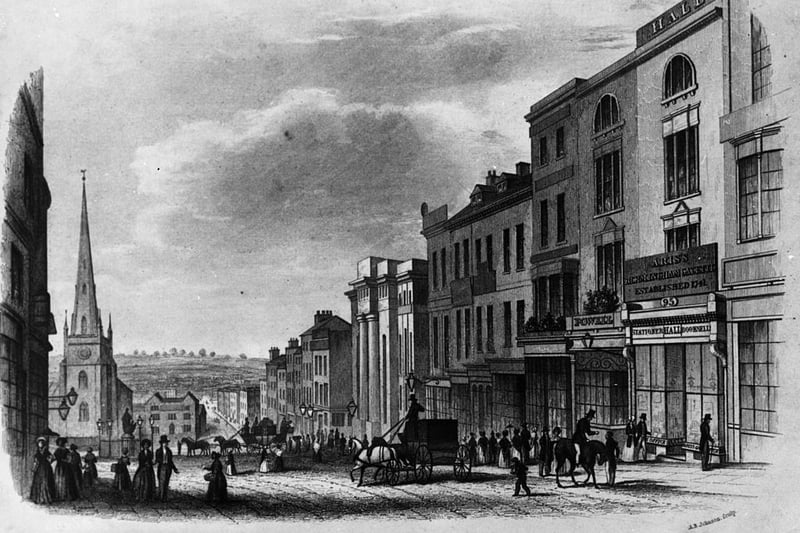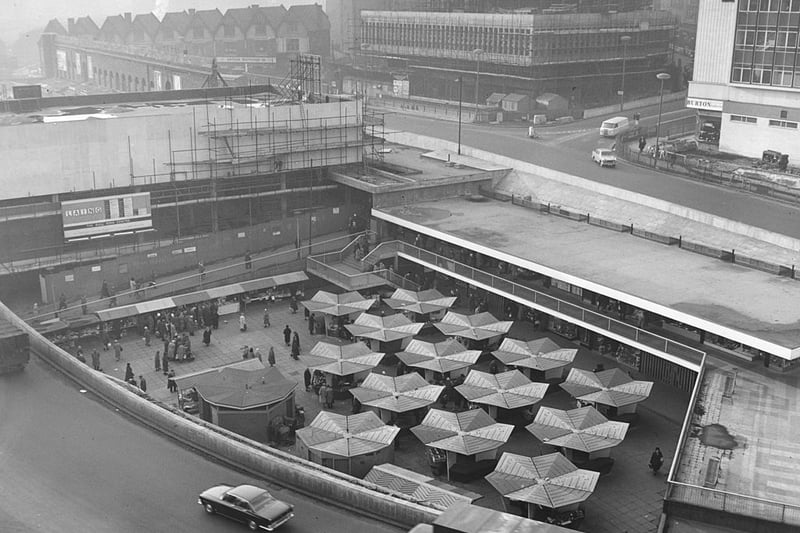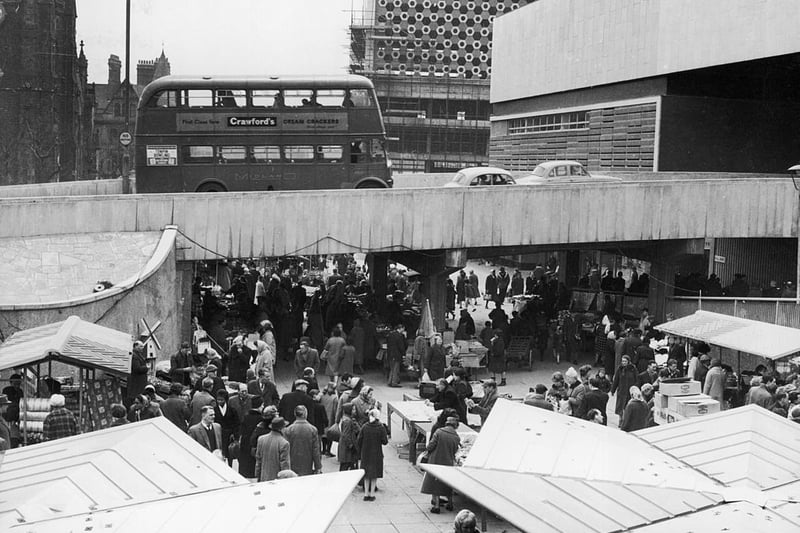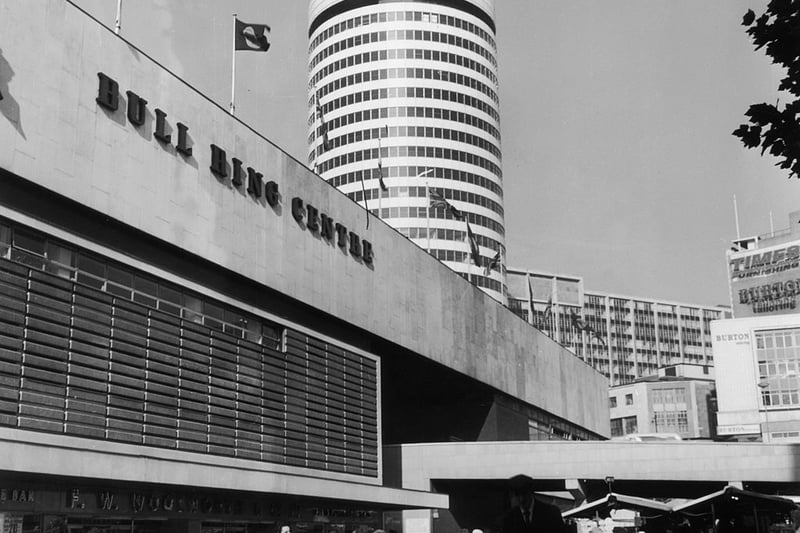It’s one of the best known shopping centre’s in the world - and one of Birmingham’s most iconic landmarks.
But have you ever wondered why the Bullring in Birmingham city centre is called so? Bull rings tend to be associated with Spanish matadors waving their red flags and cajoling bulls in sandy pits in sunny climes.
The performances attract thousands of spectators in countries including Spain, Portugal, Mexico, Peru, France, Colombia, Ecuador and Venezuela - but not Britain.
And Birmingham is certainly not known for being a home to Toreros, yet thousands of Brummies and visitors to the city flock to our Bullring every day.
They aren’t turning up to watch this historic art, of course, they’re going to town to do some shopping, or spend time in the leisure centres, or grab a bite to eat in the cafes and restaurants.
Amazingly the Bullring in Birmingham is older than many of the bull rings in Spain, and it may have more in common with them than you first thought.
Because, according to Brummie historian Carl Chinn, in the 16th century a man called John Cooper was given the right to bait bulls at the site opposite St Martin’s Church - and it became known as the Bull Ring.
Up until then the area in front of the church was the Corn Cheaping - aka Corn market in more modern day speak. And John wasn’t the only bull baiter in Britain.
Bull baiting here dated back to Roman times, but became especially popular around 1200 - which is not long after Birmingham was first given the right to hold a market in 1166.
Most of the market people were gathered close to the church walls and in Spiceal Street, where you will find the likes of Brown’s Brasserie & Bar and Nandos today, and John could be seen by them with a bull.
It wasn’t the most glamorous of past times by modern day standards. Another Birmingham historian, called William Dargue, says that the bulls were set on by dogs with spectators betting on the outcome.
Apparently Queen Elizabeth I was a fan - but it is not known if she came to Birmingham to watch. It was believed at the time that baiting a bull before slaughter tenderised the meat. But the practice was banned by Parliament in 1835.
Birmingham has kept the Bullring name - and continued a more convivial relationship with bulls. When the Bullring was rebuilt in 2003 the shopping centre’s historic name was celebrated with the 7ft bronze statue of a running bull at one of its entrances created by Laurence Broderick and called, simply, The Birmingham Bull.
It’s become a popular tourist destination and mascot for our city - and will soon be rejoined by another famous Brummie bull - the Raging Bull from the Birmingham 2022 Commonwealth Games Opening Ceremony.
This 10 metre artwork is due to return to the city this summer, when the Birmingham Festival is being held to celebrate a year since the Games, and will take up permanent residents at New Street Station after a petition was launched to save him from being dismantled.
The Raging came to be as a powerful symbol of freedom and acceptance in the Opening Ceremony when the he was pulled onto the stage by 50 women - as the show told the story of a group of time travelling athletes called Stella and the Dream Makers.
The women pulling the Raging Bull represented the female chain-makers from the Industrial Revolution who made chains for the slave trade. The irony being they too were slaves of sort, as they were underpaid and overworked. However they got to take back control in 1910 by participating in the 1910 minimum wage strike.
Back at the show the bull was running away and escaping, which becomes a catalyst for the women to break free from their chains at the same time.
When Stella and the Dreamers catch up with the bull on their journey through time they choose not to be scared. Instead they embrace the traumatised and scarred creature - a touching reminder of how everyone is worthy of love, whatever their circumstances.
It’s also a poignant pointer to a key part of the Brummie spirit - embracing diversity and multiculturalism as the story of the Bullring continues.

1. circa 1840: Saint Martin's in the Bull Ring and High Street, Birmingham in the West Midlands (Warwickshire). Original Artwork: Engraved by A B Johnson (Photo by Hulton Archive/Getty Images)
Saint Martin’s in the Bull Ring and High Street Birmingham in 1840. Original artwork engraved by A B Johnson

2. The Bull Ring Centre 1963
The market at the Bull Ring Centre in February 1963 Photo: Photo by Peter King/Fox Photos/Getty Images)

3. The flyover at the Bull Ring Market in 1963
The flyover opens at the Bull Ring Market in 1963. The Bull Ring Centre is under construction to the right Photo: The flyover at the Bull Ring Market in 1963

4. The Bull Ring Centre in 1965
The Bull Ring Centre in 1965 with the Rotunda in the background, The Bull Ring was orginally build in 1964 and demolished in 2001
